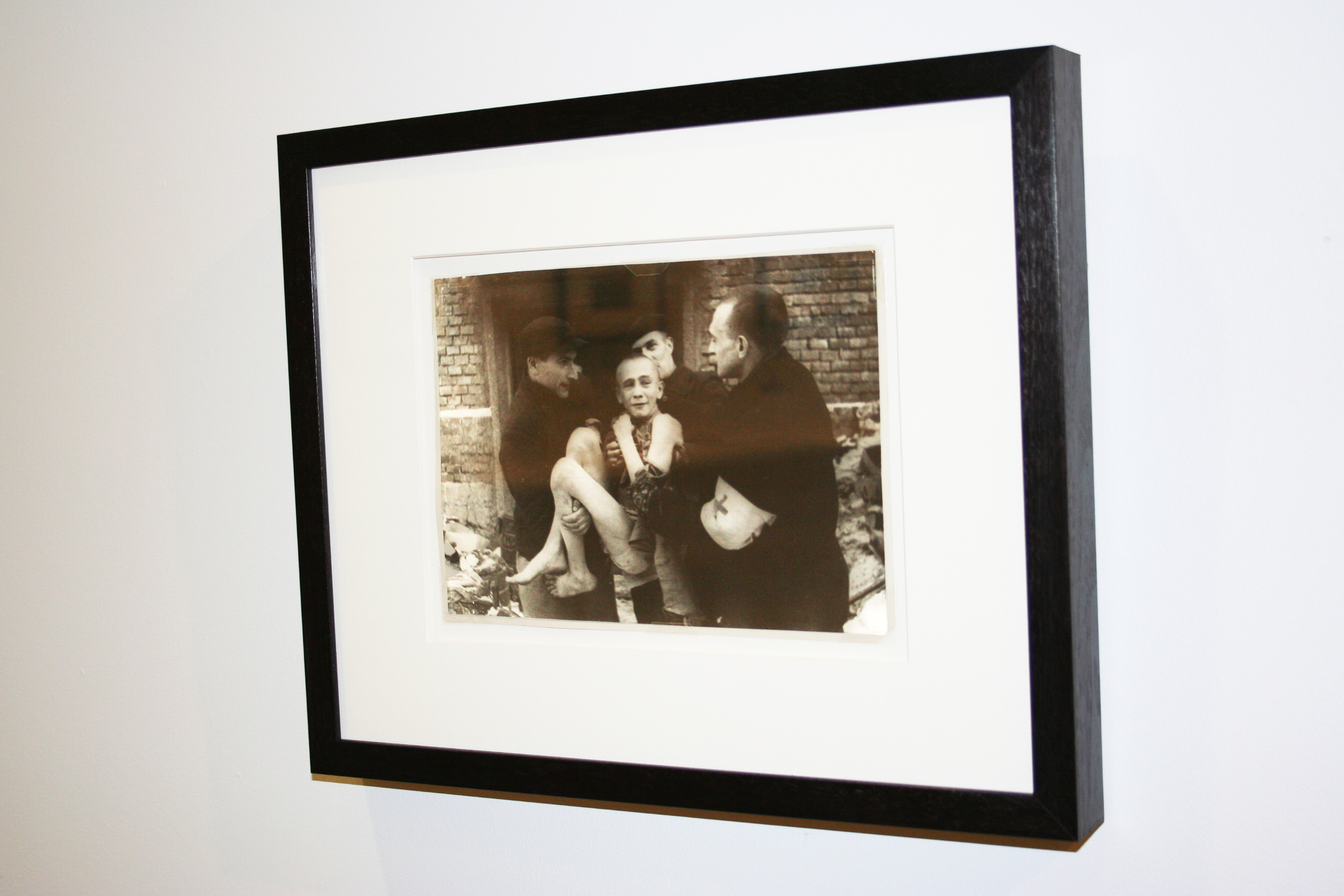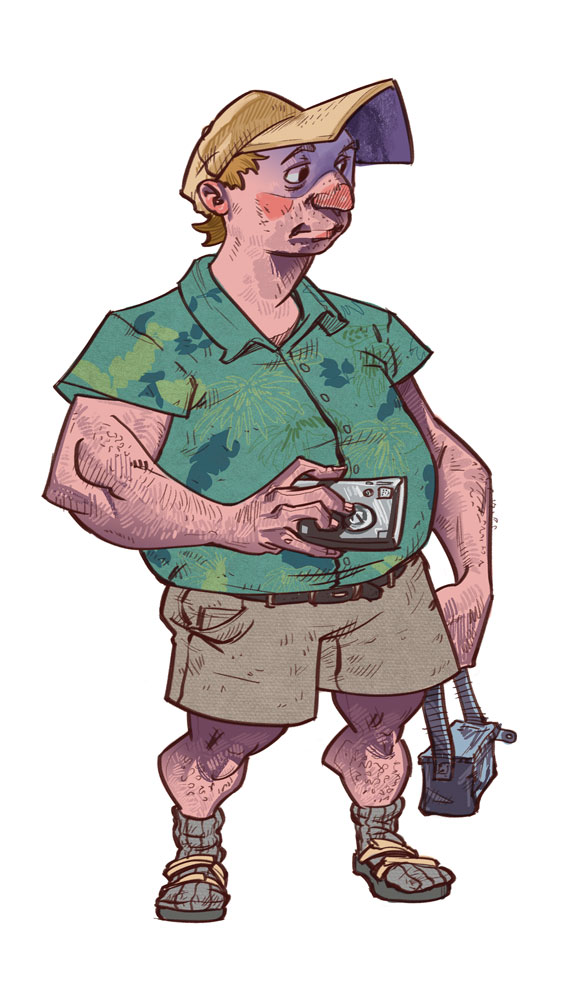With cameras and photographs so readily available, photographic art has some challenges ahead in order to define itself. How does a contemporary photographer make work that distinguishes itself, both from everyday snapshots and other representative media?
In “No Cause for Concern,” U of M school of art graduate Karen Asher takes photographs that address those issues with an honest, candid approach. She is a photographer’s photographer, directing her lens toward strangers and friends with a sophisticated eye and a preference for subtlety.
Everyone knows people that they see everyday with vaguely familiar faces. There is the guy with the crazy hair or that girl who always looks frazzled; their habits and mannerisms are part of the daily landscape. Without knowing them, they are as familiar as the buildings that make up your neighbourhood. Asher’s photographs are glimpses of those strangers that let you both know and wonder about them in equal parts.
Asher’s exhibition contains 15 pieces ranging from street scenes to seated portraits. Street photography is notoriously difficult, but this photographer’s sensibility translates seamlessly between the two. In “The Fall,” a little girl holding a branch looks up at her mother, while closely behind them police officers tend to a fallen man on the ground. The subjects of these two mini scenes appear unaware of the other, creating a striking juxtaposition of sweetness and the unnerving.
The same combination appears in her portrait, “Johnny,” where a shirtless young man gazes confrontationally into the camera framed largely by a bright blue sky. The reward is in the striking details like a thin, bright red cut on the man’s chest. These details are so intimate, and the expression so direct that merely by looking at the image you are made to feel like a participant in the exchange.
That is part of what comes built into photography. Since a photo is a record of something that happened, attached to it is the idea that it is in some way true or honest. Increasingly, that idea that “the camera doesn’t lie” has been diluted by familiarity with digital technology. We try to lie to the camera all the time and we expect others to do the same.
Asher’s work quietly insists upon truth, both in her choice of medium format film over digital and in her refusal to render her subjects as caricatures. They differ in age, race and apparent disposition but receive the same even-handed treatment. Just as it is tempting to judge a stranger you think you know, the temptation is there to judge in a photograph. Instead, Karen Asher’s subjects are given room to speak on their own terms.
This is partly because each of the images contains some ambiguity as to what is happening or why. There is no punch-line or obvious narrative. Instead of this being alienating, the questions that remain act as invitations to keep looking and wondering about these people as one would any interesting stranger if given the chance.
In photography there is a lot of talk about “the decisive moment.” The term, now synonymous with Henri Cartier-Bresson, refers to the fleeting amount of time the photographer has to commit to what he or she wants to capture.
The moment Asher chooses sits between action and rest, when something is about to, but has not yet happened. The result is an awkward overture into the image; rather than making the viewer a passive observant of an event or quiet moment, the viewer anticipates. The result of that anticipation can level the observer to the subject, feeling along with them.
In this way, Asher takes photography back to its natural, more difficult place to show us what we would see if we looked hard enough. Not abstracted, not made glossy, but face on.
“No Cause for Concern” runs until Feb. 27 at PLATFORM : Centre for Photographic + Digital Arts.




